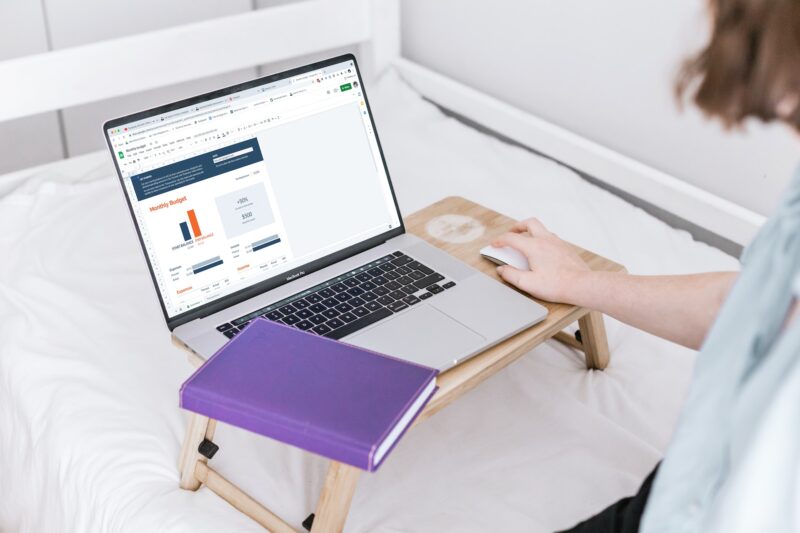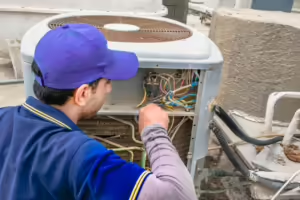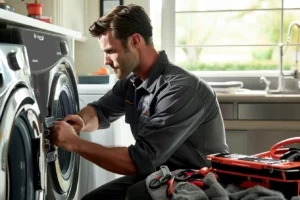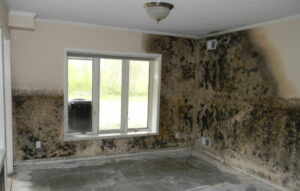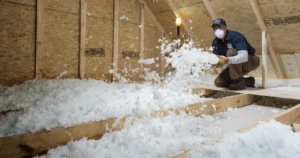Owning a home is an adventure filled with joy, challenges, and the occasional surprise. Among these surprises are unexpected home repairs, which can be daunting if you’re not financially prepared. But fear not! With some savvy planning and budgeting strategies, you can navigate these unforeseen expenses without breaking the bank. Let’s explore how you can cushion yourself against the financial shocks of sudden home repairs.
1. Understanding the Unpredictable:
Firstly, recognize that home repairs are an inevitable part of homeownership. From a leaky roof to a malfunctioning furnace, these issues can arise without warning. Accepting this reality is the first step in preparing for it.
2. Start with an Emergency Fund:
The cornerstone of any home repair budget is an emergency fund. This is a dedicated savings account where you set aside funds specifically for unexpected expenses. How much should you save? A good rule of thumb is to aim for 1-3% of your home’s purchase price annually. For example, if your home cost $300,000, try to save $3,000 to $9,000 a year for repairs.
3. Regular Maintenance to Reduce Surprises:
Regular maintenance can prevent small issues from becoming costly emergencies. Schedule routine checks for critical systems like plumbing, heating, and electrical. By investing in maintenance, you’re potentially saving yourself from larger repair bills down the line.

4. Know Your Home:
Understanding the age and condition of your home’s key components can help you anticipate repairs. For instance, if you know your roof is 20 years old and nearing the end of its lifespan, you can start saving for a replacement before it fails.
5. Consider a Home Warranty:
A home warranty is a service contract that covers the repair or replacement of many home appliances and system components. While it’s an added expense, it can provide peace of mind and protect against large, unexpected repair bills.
6. DIY vs. Professional Repairs:
For minor repairs, consider doing it yourself to save money. There are numerous online tutorials and resources to guide you. However, recognize your limits. For complex or dangerous repairs, it’s wise to hire a professional.
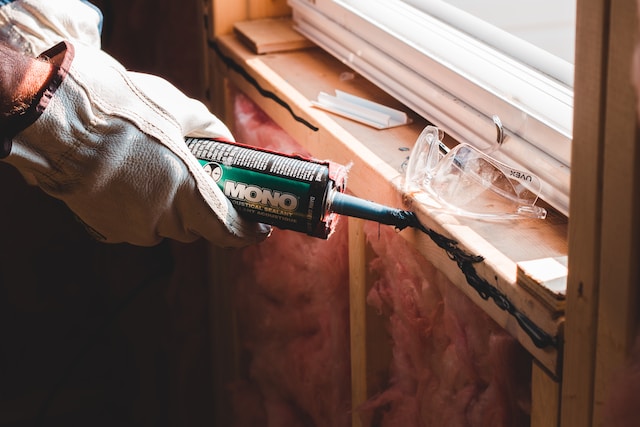
7. Allocate a Percentage of Home Improvements Budget:
If you’re planning home improvements, allocate a portion of that budget towards unforeseen repairs. This approach ensures you have funds set aside while improving your home.
8. Stay Informed About Local Assistance Programs:
Some local governments and organizations offer assistance programs for home repairs, especially for low-income households or seniors. Research what’s available in your area.
Conclusion:
Budgeting for unexpected home repairs is an essential aspect of responsible homeownership. By building an emergency fund, maintaining your home, understanding its needs, and exploring assistance options, you can face unexpected repairs with confidence and financial stability. Remember, the goal isn’t just to repair your home when needed, but to do so without financial stress, preserving the joy and sanctuary that your home provides.
Additional Resources for Effective Budgeting:
To further assist you in managing your home repair budget, here are some valuable resources:
- Free Budgeting Templates:
- Microsoft Office Templates: Microsoft Office offers a variety of free budgeting templates that can be customized for home repair savings. Microsoft Office Templates
- Google Sheets Budget Templates: Google Sheets provides accessible and easy-to-use budget templates that you can access from anywhere. Google Sheets Templates
- Budgeting Apps:
- Mint: This app helps you track your spending, create budgets, and set savings goals. It’s useful for keeping an eye on your overall financial health, including your home repair fund. Mint
- YNAB (You Need A Budget): YNAB is a popular budgeting tool that emphasizes zero-based budgeting, ensuring every dollar is assigned a job, be it for bills, savings, or home repairs. YNAB
- PocketGuard: This app simplifies budgeting by showing you how much spending money you have after setting aside funds for bills, goals, and necessities. It’s great for tracking your disposable income, which can be funneled into a home repair fund. PocketGuard
- Online Courses and Workshops:
- Khan Academy Personal Finance: Offers free courses in personal finance, including budgeting and savings strategies. Khan Academy
- Local Community Workshops: Check your local community center or library for workshops on budgeting and financial planning. Many communities offer these resources for free or at a low cost.

